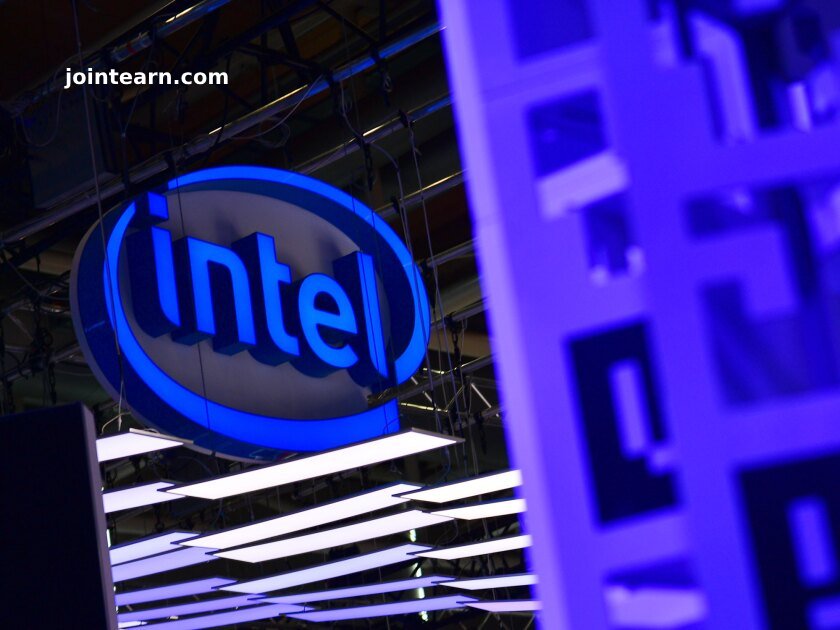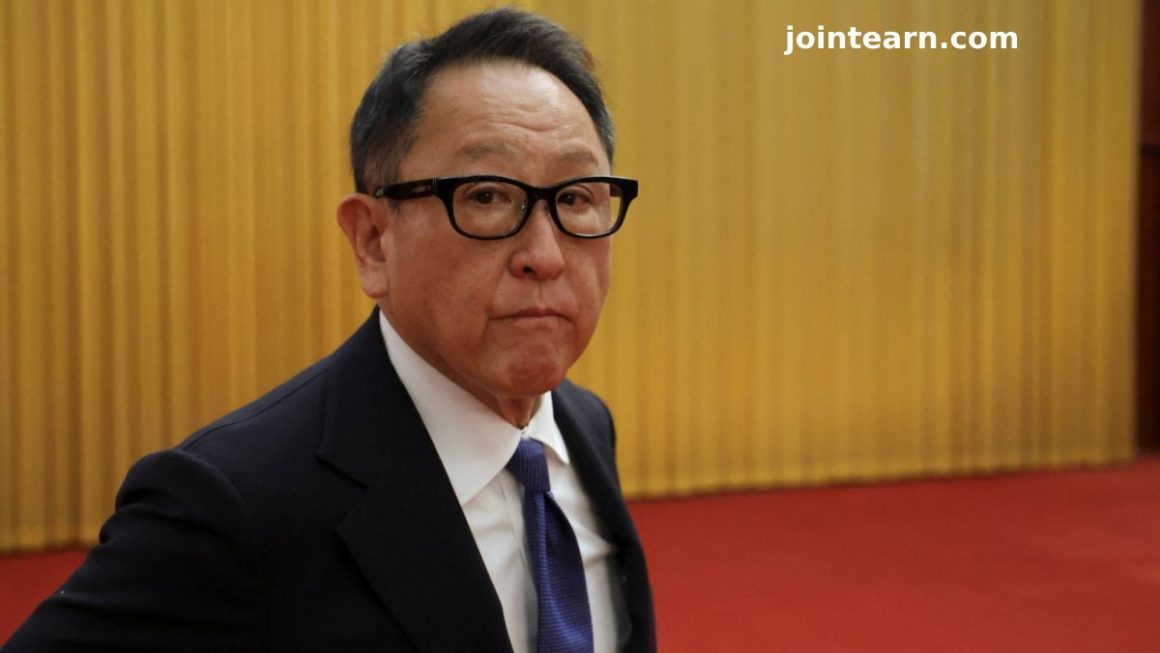Intel (INTC) CEO Lip-Bu Tan, during his first quarterly earnings presentation since taking the helm, unveiled a significant restructuring plan aimed at reigniting innovation within the chipmaker. Tan’s announcement came as part of a broader strategy to tackle the company’s ongoing struggles and revitalize its operations.
Workplace Overhaul and Leadership Restructuring
Tan shared that Intel’s top leadership for all critical product manufacturing teams will now directly report to him. This shift, he emphasized, is part of a move to streamline the company’s decision-making process and eliminate bureaucratic obstacles that have stifled creativity and growth.
In an effort to strengthen Intel’s workforce, Tan also introduced a new policy requiring employees to return to the office for four days a week, effective in the third quarter. This decision reflects Intel’s focus on rebuilding talent, as the company has experienced high turnover in recent years, especially among its executive ranks.
“We will empower smaller teams to move faster and make better decisions, and we will significantly reduce the number of layers that get in the way,” Tan said.
Workforce Reductions and Financial Adjustments
Intel also hinted at further workforce cuts, although these have not been officially confirmed. Reports suggest that Intel may eliminate 20% of its workforce, adding to the 12,000 job cuts made in 2022 and the 15,000 cuts reported in 2024. While this restructuring is part of Intel’s broader strategy to streamline operations, it has raised concerns among employees, especially those in Intel’s manufacturing division, where morale is already low due to the uncertainty around potential layoffs.
Simplifying Intel’s Organizational Structure
The restructuring, according to Intel’s CFO David Zinsner, is designed to simplify the company’s operations. Zinsner noted that this change has already resulted in a $500 million reduction in the company’s operational expenditure guidance for 2025, which is now expected to be $17 billion.
Intel’s Struggles in the AI Market
Intel, the last U.S.-based chip manufacturer capable of producing leading-edge semiconductors at scale, has faced increasing challenges in the AI-dominated market. The company has lost market share to rivals like Advanced Micro Devices (AMD), and its manufacturing business has continued to bleed cash. Despite beating Wall Street’s expectations for the first quarter, Intel’s disappointing outlook caused its stock to drop over 6% in after-hours trading. The stock has now fallen 38% over the past year.
Addressing Organizational Issues
Tan criticized Intel’s organizational complexity and the bureaucratic layers that he believes have hindered the company’s ability to innovate and respond to market demands. “Organizational complexity and bureaucracies have been suffocating the innovation and agility we need to win,” he said. “New ideas and people who generate them have not been given the room or resources to incubate and grow. The unnecessary silos have led to bad execution. I’m here to fix this.”
Challenges Ahead
Despite these ambitious changes, Intel faces a critical period as it attempts to implement the highly anticipated 18A manufacturing technology, which could potentially give it an edge over competitors like Taiwan Semiconductor Manufacturing Company (TSMC). However, staff anxiety surrounding potential layoffs and job cuts has the potential to disrupt morale and hinder the company’s ability to execute this strategy effectively.












